The history of the city of San Antonio in Chile?
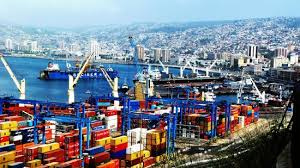
The history of the city of San Antonio in Chile?
The history of the city of San Antonio in Chile? San Antonio, Chile, has a rich and dynamic history that reflects the broader trends of the region and the country.
From its early days as a settlement to its current status as a bustling port city, San Antonio’s history is marked by cultural exchanges, economic development, and resilience.
Early Settlement
The area now known as San Antonio was originally inhabited by indigenous groups, including the Mapuche and Chilean Coastal People. These communities relied on the abundant marine resources and fertile land for their sustenance.
The region’s natural harbor made it a strategic location for trade and communication among indigenous groups.
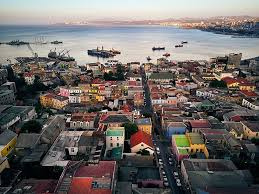
Spanish Colonization
In the 16th century, Spanish explorers arrived in the region. Recognizing the potential of the natural harbor, they established settlements along the coast.
In 1576, the Spanish founded San Antonio de Padua, named after St. Anthony, which laid the groundwork for the city’s development.
Growth and Development
Throughout the 18th and 19th centuries, San Antonio began to grow as a significant port and trading center. The city’s strategic location allowed it to facilitate trade between Chile and other countries, contributing to its economic prosperity.
During this period, infrastructure improvements, such as roads and warehouses, were made to support the burgeoning trade activities.
Independence and Modernization
The Chilean War of Independence (1810-1826) also affected San Antonio, as the city played a role in the struggle against Spanish rule. After gaining independence, San Antonio continued to expand, with its port becoming increasingly important for exporting agricultural products and minerals.
The late 19th century saw the construction of railroads, further connecting San Antonio to other regions of Chile.
20th Century Developments
In the 20th century, San Antonio underwent significant industrialization. The port became a hub for shipping and fishing industries, attracting investment and labor to the area.
This industrial growth transformed the city’s economy and demographics, leading to urbanization and population increases.
Recent History and Challenges
In recent decades, San Antonio has faced challenges related to environmental concerns, economic fluctuations, and social issues.
The impact of globalization and competition from other ports has prompted efforts to modernize the port and enhance its competitiveness.
Community initiatives aimed at promoting sustainable practices and preserving local culture have emerged in response to these challenges.
Cultural Heritage
San Antonio’s history has shaped its cultural identity, blending indigenous traditions with Spanish influences. The city is known for its vibrant festivals, traditional music, and culinary offerings, reflecting its diverse heritage.
The preservation of historical sites and promotion of local culture remain vital aspects of the community’s identity.
A Resilient City
The history of San Antonio, Chile, is a testament to its resilience and adaptability. From its early indigenous roots to its development as a key port city, San Antonio continues to evolve while honoring its rich cultural heritage.
As the city faces modern challenges, its history serves as a foundation for future growth and community development.


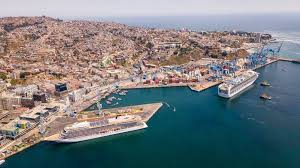
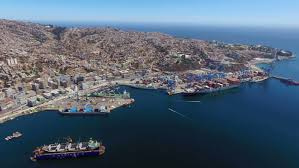
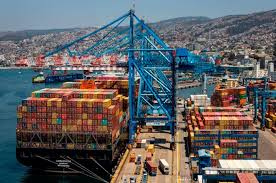
Leave a Reply